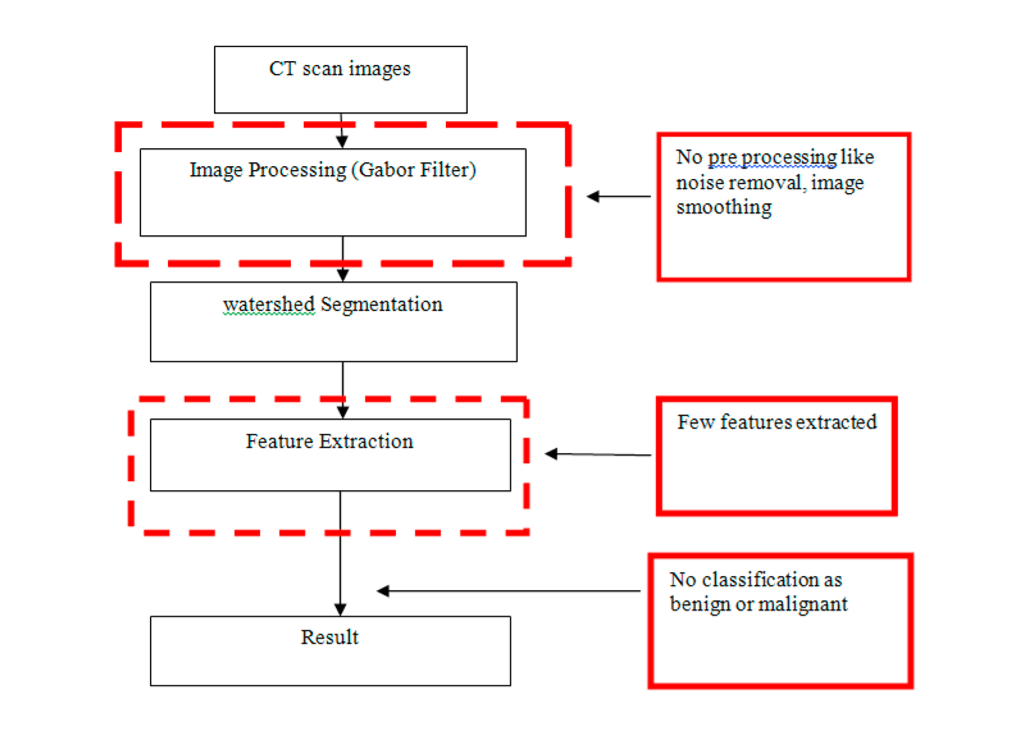What is an Image? A visual representation of an object such as 2-D pictures, photographs. Each image has its own story to tell the critical information or any other info. And the operations or methods that we perform to get useful information from the image are called Image Processing. And using this information to train the models in Machine Learning.
Technically, It is used to transform an image into a digital form and apply some Algorithms to extract some useful information from the image. Generally, it is a type of signal processing where the input is the image and after operating, the output may also the image or any features/characteristics generated from the image.
Image Processing is the part of Computer Vision that also plays important role in real-life examples, such as Face Detection, Medical Science, Robotics, Self Drive, Mood Detection, and many more… which can be further processed by Machine Learning algorithms… Okay, we will discuss this later. But before this, we need to understand more about Image Processing.
In this article, we will cover more information so let’s start.
1. What are the types of Image Processing?
There are two types of Image Processing, let’s discuss them one by one.

Analog Image Processing is a technique that can be used for hard copies such as prints, photographs, xerox, etc. In other words, television is also an example of analog, we saw pictures that can be controlled by an electric signal or waves, and the data represented as analog wave formats can be named Analog Image Processing.

On the Other hand, Digital Image Processing is the one which we can operate digitally by using Computers, Laptops. The input for this technique is a digital image, and the process performed on that image using some algorithms results in an image as output. Many applications are there that help us to transform the image, for example, Photoshop, After Effects, Photo Editor, and many more.
2. What are the Steps in Image Processing?
It involves three steps:
Ok, let’s understand this by taking the example of Photoshop.
The first step of image processing is to import the image in photoshop that we have already discussed (takes an image as input).
After importing, we do Analysis and Manipulating the data, which means the process that includes enhancement of an image, for example, using filters, compression, scaling, blur reduction, etc.
Output, Result of Analysis that is now ready to use.
3. How does it works?
Earlier we have discussed a brief of image processing, then their types, and the process steps that image processing follows. Now in this block, we will see with the help of an example how it works.
Digital image processing plays an important role to enhance the image at a super level using such tools or programming languages.
- Capture the real-world object: Captured image using the camera, which is the input to start the Digital IP process.
- Sent to a digital system: The captured image has been sent to a digital system to enhance and perform operations on it. Mainly focus on the enhancement of the image such as reduce noise, use filters, contrast, and so on.
- Final output: After performing some operations on the digital image, we have generated the output with a more enhanced, clear, attractive, and quality image. That’s the power of image processing, which we will use further to get the crucial information.

4. How it is related to Machine Learning?
Now the most common question nowadays that, how is Image processing connected with Machine learning? The simple answer is that Image processing is used to extract the features (includes enhancement, compression, restoration, etc.) and use this information or features to train the models done by Machine Learning. And the whole process or the combination is known as Computer Vision.
Image processing problem => Optimisation problem
Machine learning => Effective tool to solve the Optimisation problem.
A few examples are, Face Expression, Face Identification, Disease detection from Medical images, and many more, so we can say they are linked together!!

Developing a system that scans the human face and opens the lock. This system would look something like this
It would be possible with the help of Machine learning, so it is everywhere from small to large applications in the world, you just need to identify. We will discuss this more in our next article with more Machine Learning concepts.
5. Applications of Image Processing in the Real World?
Many real-world examples play a vital role in daily life. It includes
1️⃣ Medical Diagnosis
In the medical field, we have different types of imaging tools such as X-Rays, CT scan images, MRI images, Ultrasound, and many more. So, with the help of Image Processing and ML algorithms, we will find out the relevant information in the form of a report. By using automated image analysis with advanced intensive learning algorithms, the burden on radiologists can be reduced, and more accurate and faster results can be achieved.
It helps to take the more appropriate decision, with accurate results.
I have also worked on one of the projects earlier named Lung Cancer Detection, where I have been using CT scan images to find out the tumor in the lungs by using Image Processing & Machine learning algorithms. The basic structure of this application is:

Basic Structure to analyze the medical images.
Take the CT image as the input, apply algorithms to enhance the targeted area using edge removal, and Support Vector Machine algorithm to segment the part of the lung, where we need further process.


So, after performing the feature extraction, we need to apply some Machine learning algorithms to solve the observed problem by using the feature, trained or existing models to get the final analysis report.
2️⃣ Fingerprint / Face / Iris Recognition
Nowadays, we are using these types of features in our mobile phones, laptops, cameras, and so on, to secure critical or personal information from others.
3️⃣ Automobile Industry
This sector has seen maximum growth in the past years. But nothing can beat this industry to show innovations. Yes, we are talking about Self Driving cars. It is the future of our generation and one of the great discoveries by humans. It reduces the no. of accidents and saves our time also. Self-driving cars do all the driving for us; in the meantime, we can do anything whatever we want. Doesn’t seems pretty impressive?
It has worked on object detection, and it involves image classification and image localization. Image classification describes what objects are around us, and localization provides the locations of an object. These would be possible by using new technologies, like Artificial Intelligence and Machine Learning.
To know more about this Self Driving visit TowardsDatascience here
4️⃣ Computerized Photography
The most common example is Photoshop, After Effects, etc. These tools would help us to enhance or extract the features of the image by using their automated techniques of Image Processing. Snapchat and Instagram filters are also real-time image processing.
5️⃣ Automated Doors in Malls
Automatic door open close system in malls are also image processing, most probably camera is used for the purpose.
At last, we can say Image processing is everywhere, it is an impressive field, and the only thing is we need to identify this. This is the future.✌
So, that is all about the introduction of Image Processing and its relation with Machine Learning. So, Hope you like it👍 and got a very basic knowledge of Image Processing. In our next article, we will discuss more on Machine Learning, and what are the programming languages used for an automation process?
If you found this useful… then share this with your friends or on social media, or have any queries, please do ask in the comments section or anything that you want through mail contact.
Thanks.😉
Recent post:
- How to give a naming convention of the twig in Drupal8 views?
- Easy way to Upload the File/Image in Laravel using AJAX jQuery with example
- 5 Useful JavaScript/jQuery codes and techniques with examples – Must use
- [Best] Visual Studio Code extensions for Developers to Boost the Productivity










Nice sir..thankyou for these post which you post frequently to build up our knowledge.Looking forward for new post😊👍
Thankyou for your appreciation